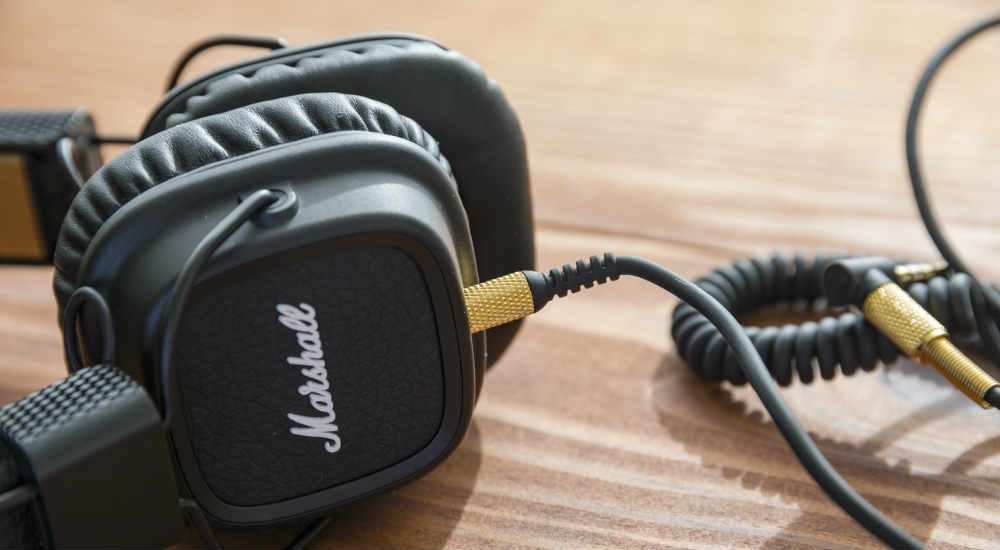Yes, but it depends
If you’re looking at new headphones to use in your home studio, whether it be for tracking, mixing or mastering, no doubt you’ve come across the matter of headphone impedance. It’s an area that gets murky really fast. Googling it will see you fall down a rabbit hole in some awful audiophile forum full of people with too much money, bickering over which $5,000 headphone amp is better.
Read up on all the latest interviews, features and columns here.
To sum headphone impedance up quickly, higher end studio headphones tend to have a higher impedance (resistance) rating as, thanks to some magical electrical science, they produce slightly less distortion and a more accurate sound.
Normal consumer headphones sit around the 8-30 ohm range, but some studio headphones can reach the 600 ohm mark, meaning they need an audio source much more powerful than your average laptop headphone port to properly drive them. This is where a headphone amplifier comes in.
A point I’ve seen people puzzle over a few times recently is whether an audio interface has a built-in headphone amplifier or is that something else they need to buy to run high impedance studio headphones properly? It makes sense to assume a decent audio interface has a bit of grunt running through the headphone output. It should be designed to run studio headphones, right? Well, unfortunately the answer is a resounding ‘maybe’.
There are a lot of audio interfaces out there, varying massively in size, function, power-source and quality. Add to that the variations in headphones design and there’s not a concrete answer. Having spent a while browsing the tech-specs of the big brands of interfaces, a very rough guide could be USB-powered budget interfaces are good for about 80 ohms, mains-powered mid-range units are good for a about 250 ohms, and high-end mains powered interfaces should be fine to handle 600.
Still, there were some surprising exceptions to these observations. It’s always best to try to track down the tech-specs of your audio interface (or contact the manufacturer’s support) before pulling the trigger on a fancy pair of 600 ohm cans. To make this even murkier, some 80 ohm headphones might be fine on the USB-powered interface, but others may not – different headphone drivers have different response characteristics. Different materials, different technology – it all plays a part.
In an ideal scenario, you’d be able to take your interface into a headphone store and try them out (if you’re going super high-end with your headphone purchase this may actually be possible), but failing that, the best thing you can do is research, and try as many pairs as possible. And of course, hold onto that receipt in case it doesn’t work out.
More on audio interfaces here.







